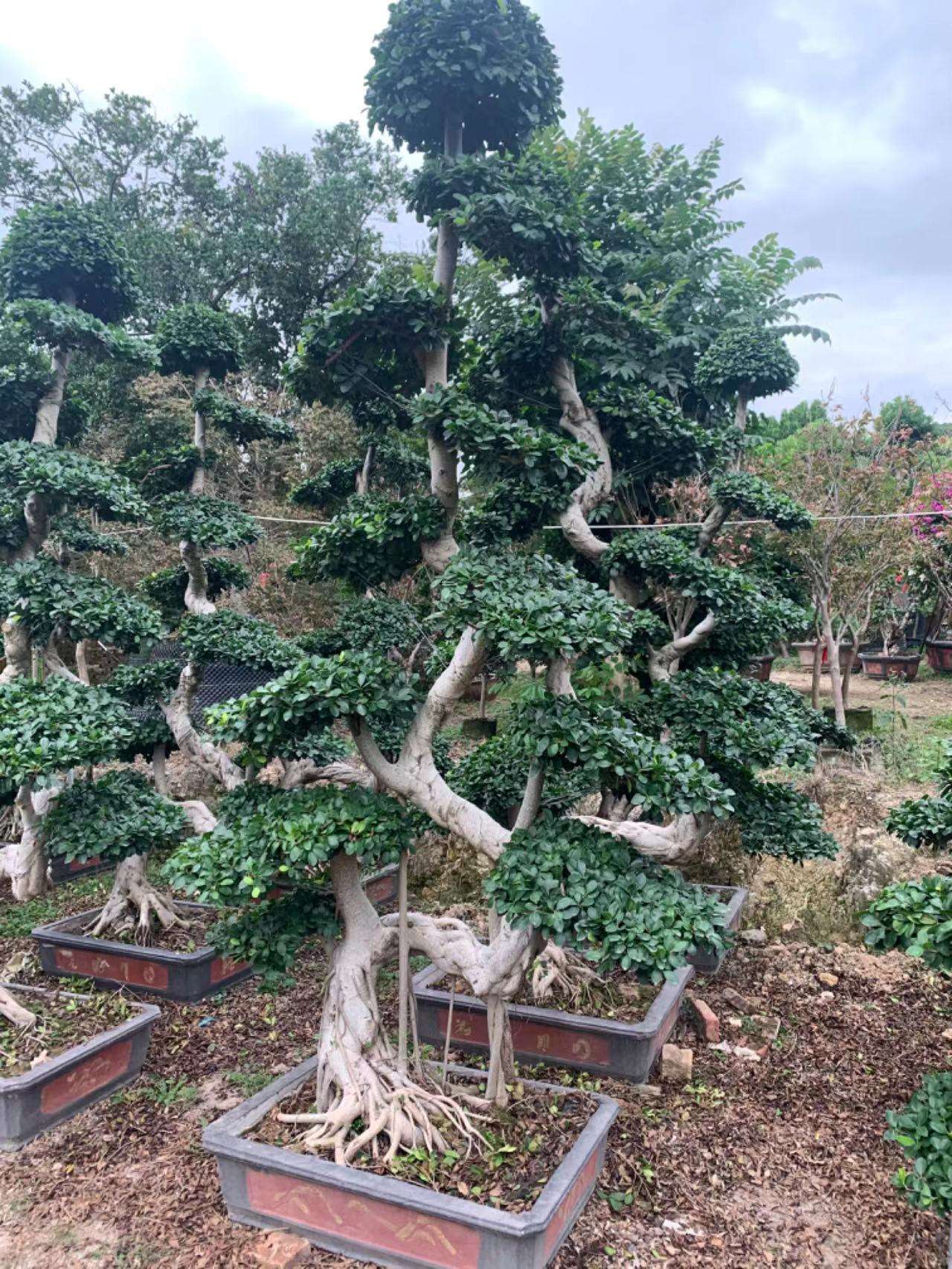- All Plant
- Aglaonema Red
- Aglaonema Suksom Jaipong
- Aglaonema White
- Alocasia
- Anthurium
- Cymbidium
- Caladium
- Dieffenbachia
- Ficus Tree
- Fern
- Fiddle Leaf Fig
- Hoya
- Monstera
- Philodendron
- Pothos
- Ponytail Palm
- Money tree
- Rubber Plant
- Syngonium
- Spathiphyllum
- ZZ Plant
MenuMenuMenuMenu - About Us
- News
- Service
- Contact Us



